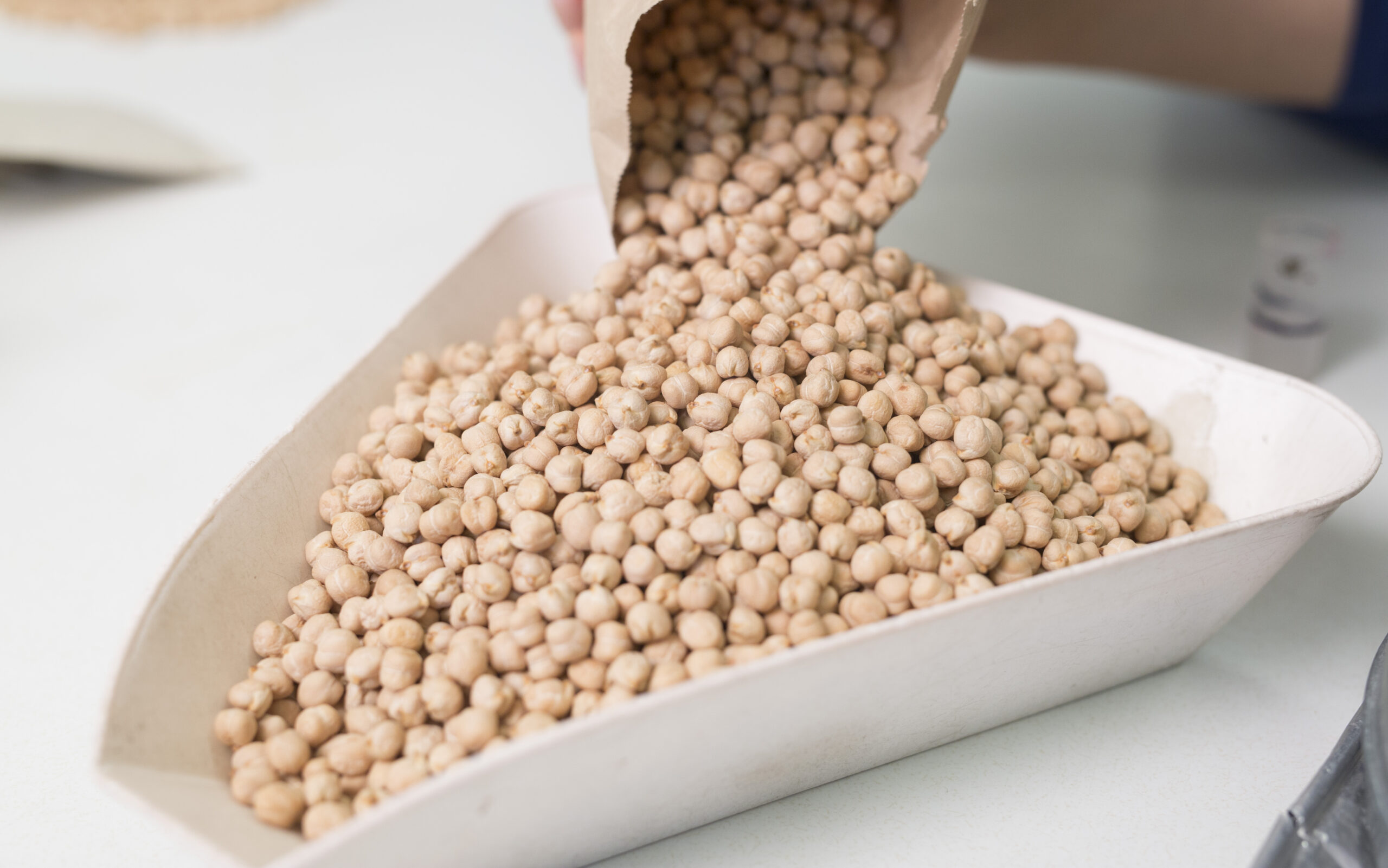Imagine spending 50% less on fuel and chemical inputs for a specific crop without any sacrifice to yield. This tangible advancement in agriculture was the result of years of research and scientific dedication happening behind the scenes in a project led by Dr. Parthiba Balasubramanian of Agriculture and Agri-Food Canada (AAFC) in Lethbridge, Alta.
Dr. Balasubramanian’s research was focused on developing dry bean varieties with high yield, early maturity, strong lodging tolerance, and high seed quality, all for production under irrigation in Alberta. This process included the evaluation and integration of disease resistance to common bacterial blight (CBB), white mould, and anthracnose.
White mould is the number one production concern for dry bean farmers in Alberta, according to Dr. Balasubramanian. Over the last number of years, his team has sought to transfer white mould resistance traits from bean varieties not typically grown in Alberta into early maturing bean varieties that farmers currently have in their rotations.
Five years ago, when this project started, he knew that it would be a lot of work. Incorporating disease resistance into a bean variety is not easy, according to Dr. Balasubramanian, but the hard work paid off.
“We were successful in developing pinto, great northern, black, red, and navy bean lines with both avoidance to white mould in upright plant growth and lodging situation and partial physiological resistance to white mould,” says Dr. Balasubramanian, adding that these lines are not yet commercially available, but will be within the next 10 years. “Improved resistance to common bacterial blight were also developed in some varieties of pinto beans.”
Disease-resistant varieties can reduce input costs associated with fossil fuel and chemical usage up to 50% or more, and contribute to environmentally sustainable production practices, he added.
As a result of years of research, funded by farmers and government, both input cost reduction and tangible research results will become a reality.
“Currently, dry bean cultivars with avoidance to white mould are in commercial production in Alberta,” says Dr. Balasubramanian, who recognizes this as both a ground-breaking advancement for farmers, as well exciting for researchers.
He is using the lines that his team developed to have avoidance and partial physiological resistance to white mould as parents in a breeding program that will see them commercially available to farmers inside the next 10 years.
An additional objective of the project was to transfer partial resistance to CBB into early maturing dry bean lines. Currently, most dry beans do not have genetic resistance to CBB, which is a seed-borne disease that can infect plants wounded by weather events like hailstorms or strong winds.
These varieties are in-development, and once they are available, Alberta farmers will have access to dry beans that will allow them to cut their input costs, meet or exceed sustainability targets, and maximize profitability.

Project: Selection for disease resistance in early maturing bean lines for Alberta
Industry Funder: Alberta Pulse Growers
Project Cost: $549,040
Project Completion Date: March 31, 2023



